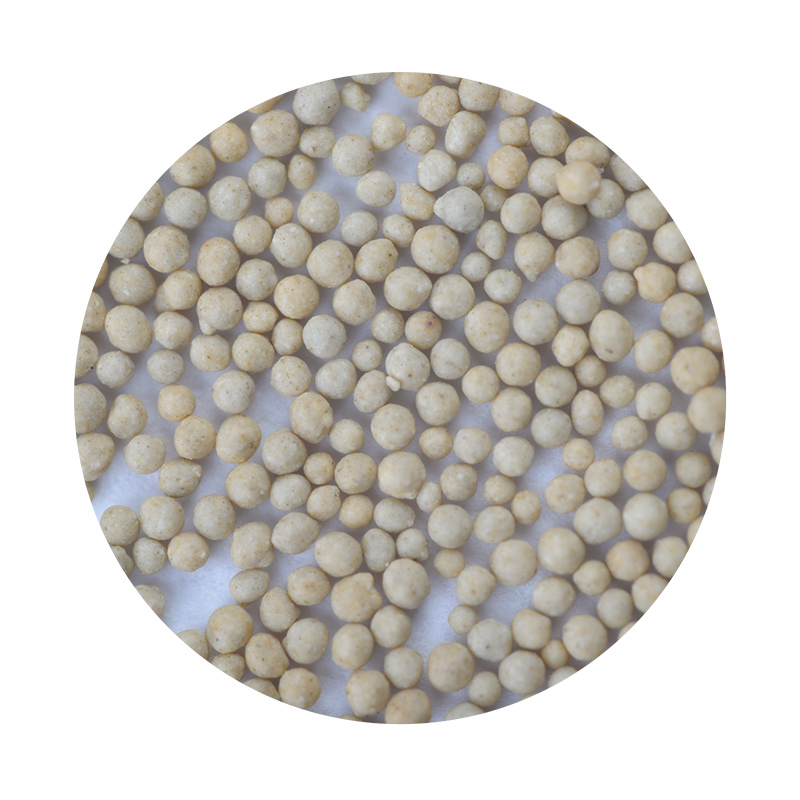High Volume Sand Casting Efficiency in Manufacturing
High volume sand casting is a widely used manufacturing process that plays a crucial role in producing metal components in large quantities. This method is prominent across various industries, including automotive, aerospace, and machinery, owing to its versatility, cost-effectiveness, and ability to create complex shapes.
At its core, sand casting involves creating a mold from a mixture of sand, clay, and water, into which molten metal is poured to form a desired shape. The sand's properties allow for the production of intricate designs, making it possible to manufacture parts with fine details and dimensional accuracy. This flexibility is particularly advantageous for companies that require unique components in large batches.
One of the key advantages of high volume sand casting is its efficiency. Once the initial setup is completed, including the creation of patterns and molds, the process can be repeated numerous times with minimal additional effort. This high repeatability reduces production time and lowers costs per unit significantly. When scaling up production, this method allows manufacturers to achieve a balance between speed and quality, a critical factor for meeting market demands.
In a typical high volume sand casting operation, manufacturers invest in automated processes to further streamline production. Automated molding machines, for instance, can create molds in a fraction of the time it takes to do so manually. This automation not only speeds up the process but also enhances consistency, ensuring that each casted part adheres to the required specifications.
high volume sand casting

Moreover, advancements in technology have introduced various innovations to sand casting. For example, 3D printing is increasingly being utilized to create more intricate patterns and cores, which can be integrated with traditional sand casting techniques. This hybrid approach allows for rapid prototyping and testing, enabling manufacturers to refine their designs before committing to full-scale production.
Sustainability is another important consideration in high volume sand casting. Eco-friendly approaches to sand reclamation processes are being adopted, allowing used sand to be cleaned and reused, reducing the environmental footprint of casting operations. These practices not only lower material costs but also align with the growing global emphasis on sustainable manufacturing.
However, challenges remain in high volume sand casting, particularly regarding the quality control of the final products. Managing defects such as sand inclusions or dimensional inaccuracies necessitates a rigorous inspection process. Advanced non-destructive testing methods, such as X-ray or ultrasonic testing, are often employed to ensure that the final components meet industry standards and customer expectations.
In conclusion, high volume sand casting is a vital manufacturing technique that combines efficiency, versatility, and innovation to meet the demands of modern industries. While it offers significant advantages, particularly in producing large quantities of complex components, continuous advancements and improvements in technology, sustainability practices, and quality control are essential to maintain its relevance in an ever-evolving manufacturing landscape. As industries strive for efficiency and sustainability, high volume sand casting will undoubtedly remain a cornerstone of metal component production.
Post time:តុលា . 19, 2024 04:20
Next:Incorporating Sand into Resin for Enhanced Aesthetic and Functional Applications
